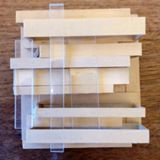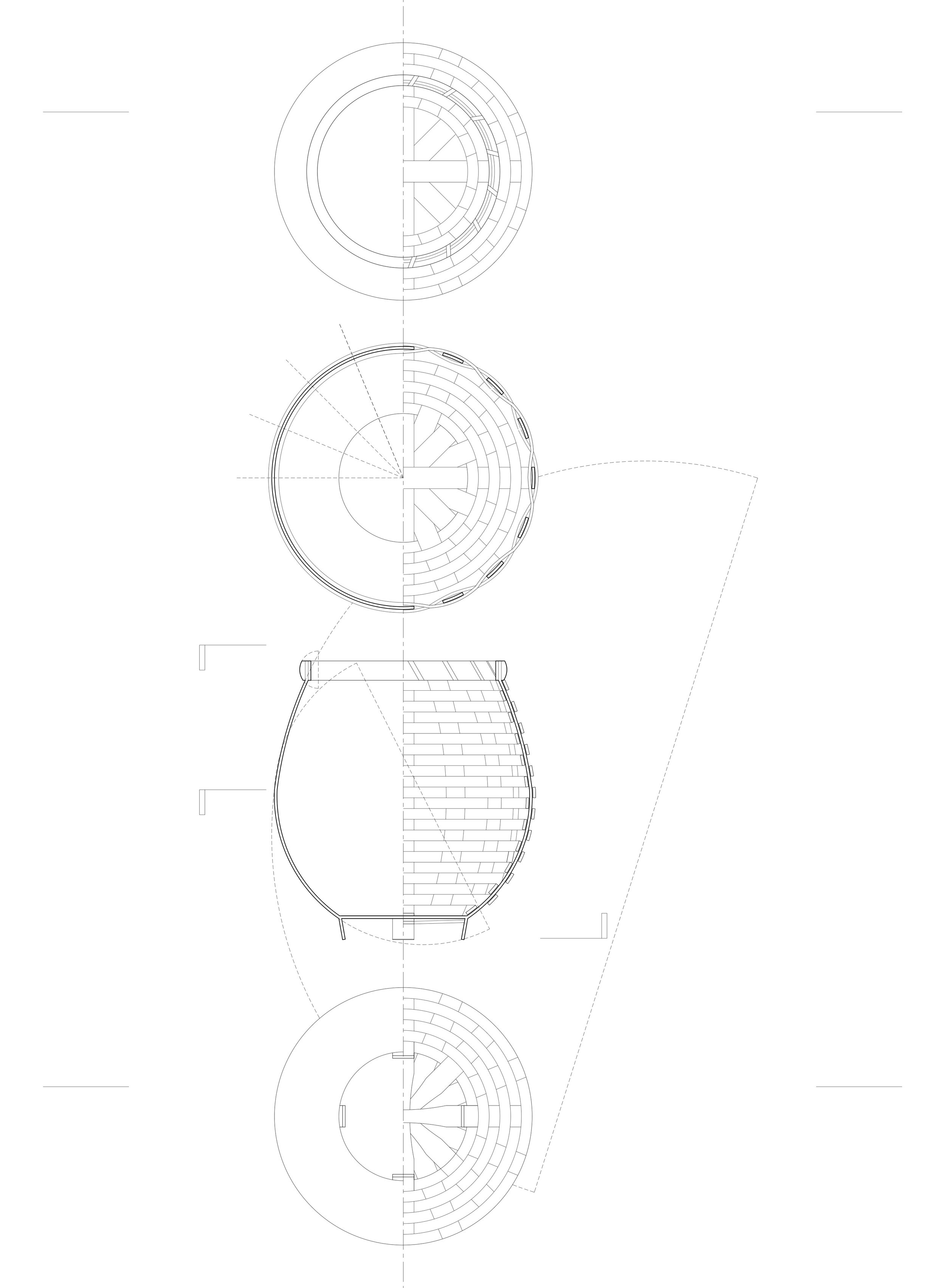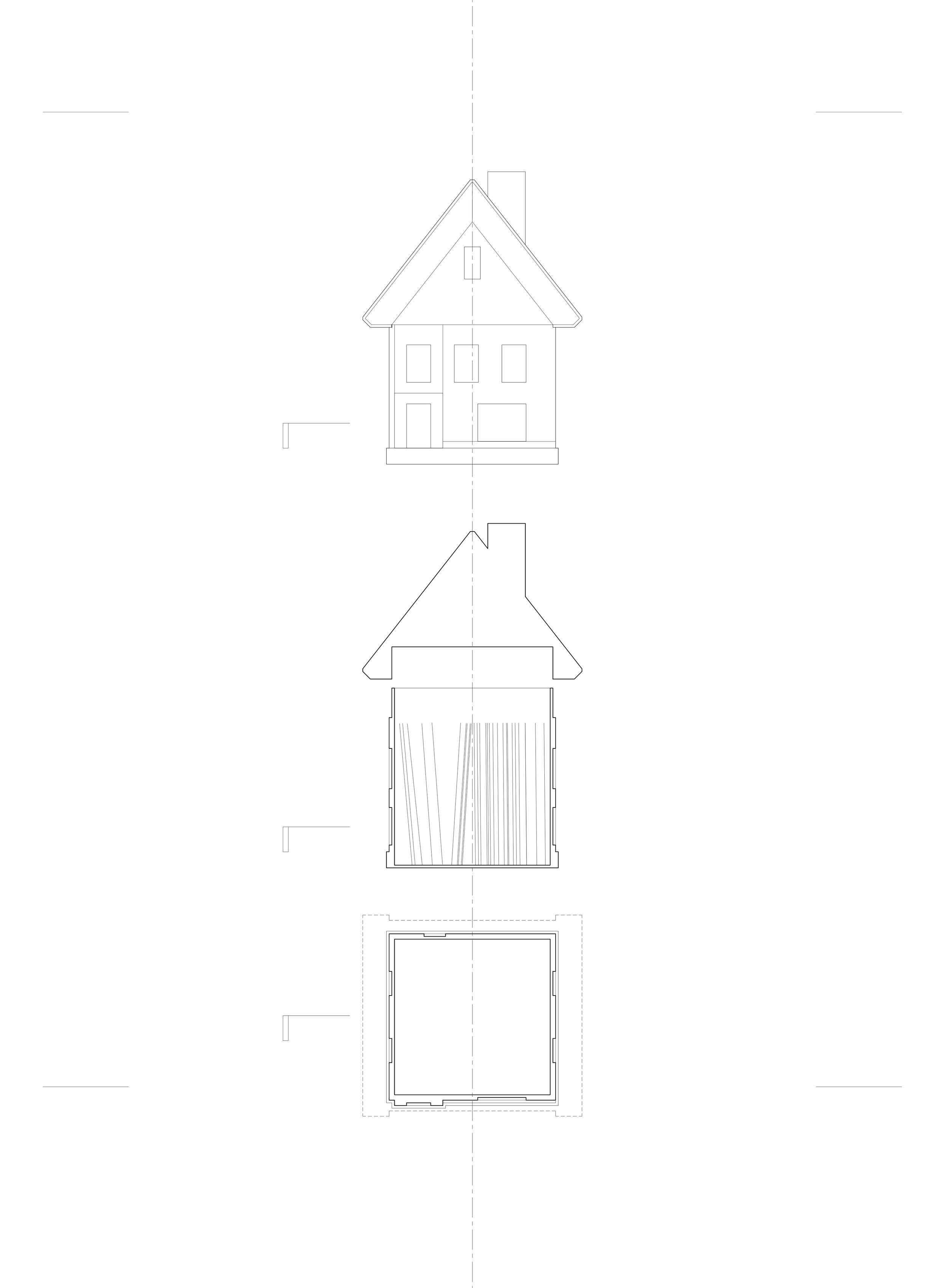Architects: On the Inside
The work seen here was part of a group show held at the Danforth Gallery at the University of Maine at Augusta in November of 2015. The show looked at the creative works that architects undertake other than their buildings. The exhibit represented both full-time and part-time faculty from UMA's architecture department.
From the exhibit: Architects: On the Inside exhibits the creative works i.e. drawings, paintings, & sculptures that inspire, support, enrich, and compliment their work as professional architects.
Architecture as an endeavor is often discussed as a balance between the creative and the technical. The challenge of bringing an idea into the real world is compounded by the fact that that work is centered around supporting human behavior and activity. It is the limitations of the real world that gets an architect excited, but also put demands on his or her creativity. Because of these limitations, architects will typically find other creative endeavors that don't have these same limitations. These other creative avenues allow for an artistic freedom that buoys the architect's spirit, and in turn influences their professional work.
Notes on the Vessels
In pulling my work together for this show, I realized that I had been making vessels of various kinds for years. While the materials differed, with each piece I was defining a space which was essential to making each object uniquely functional. The space of each vessel was equally important, if not more important, than the object itself. The space of the vessel, that which was not, was as elemental as that which was.
As part of the exhibit, and at the suggestion of my good friend, colleague, and artist Peter Precourt, I drew technical illustrations of each submitted work. I did this to help explain each piece, but the unintended consequences of documenting the work was that I gained some very interesting insight into the work myself. In each case the drawing delineated the form, structure, and relationships between parts in each individual piece. I better understood how each object was made, the space each held, and how the constituent parts created the resultant whole. I think it is important to remember that I made each of these objects with my own hands, and because of that I thought, incorrectly, that I knew them intimately. But the act of documenting the objects in plan and section, of figuring how to represent the three-dimensional object in a two-dimensional medium, of trying to express some truth about each object through the drawings, was surprisingly enlightening.
The first image above is a basket, one of the earlier ones I made. It's a round basket made of reed. What makes this basket special is that it was one of the first done wholly of my own design. Looking at it now I realize that the level of craft is not very high but at the time it felt pretty good. The second image is of a ceramic vessel that I threw at Portland Pottery. This was one of many thrown pots from my time working there. The third image above is a small, orange blown glass pitcher that I made at the Diablo Glass Studio in Boston. The fourth image is a paper house I made for my Mom. Inside are 80 cards (for her 80th birthday) each with a different statement of love and/or appreciation for all she has given her family. The final image above is a wooden bowl made of birch and zebra woods. I made this while an intern at the Folder Shakespeare Theater in Washington DC.
You can find more information on the show at the UMA facebook page.



















